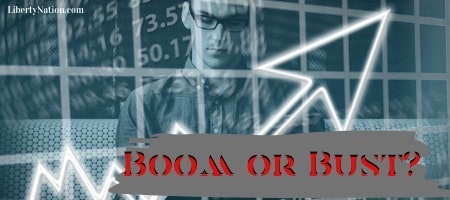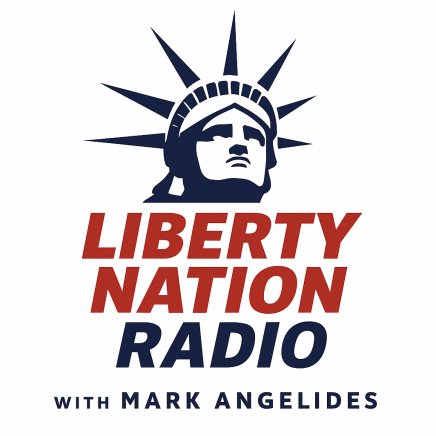For the uninitiated, the stock market has devolved into a Mad Max dystopian nightmare, filled with volatile intraday 1,000-point swings and investors gaining and losing fortunes in moments. For active participants, the stock market is one of the most civilized and democratic institutions on the planet, serving as an arena that sends signals to help everyday people protect their assets – as long as you know what you are doing. But one innovation has stoked division: high-frequency trading (HFT). It sounds technical – and it is – but it has spurred differing opinions.
Do You Even HFT, Bro?
 HFT is a type of trading that utilizes powerful and dependable computer programs to execute a vast number of orders in a fraction of a second. It’s reliable because HFT takes advantage of intricate algorithms that analyze multiple markets around the world and hit the buy or sell button based on the conditions. Experts say that traders with the fastest execution speeds make a lot more money than an investor with slower speeds.
HFT is a type of trading that utilizes powerful and dependable computer programs to execute a vast number of orders in a fraction of a second. It’s reliable because HFT takes advantage of intricate algorithms that analyze multiple markets around the world and hit the buy or sell button based on the conditions. Experts say that traders with the fastest execution speeds make a lot more money than an investor with slower speeds.
The flash trading method became popular when the New York Stock Exchange (NYSE) presented incentives to add liquidity to the market, such as a discount or the NYSE pays a fee. A key benefit of HFT is that it has added liquidity. The other positive is that empirical data reveal it has eliminated the huge bid-ask spread.
Critics make the case that it removes the human element from the stock market and immediately places the average trader at a disadvantage. They believe that large companies profit from HFT at the expense of the little guy who might not have access to this type of technology. Opponents also dispute the liquidity aspect, asserting that HFT creates so-called ghost liquidity: Cash is there one moment and gone the next.
With the Dow Jones Industrial Average producing exorbitant gains and losses in a single month, financial regulators will inevitably intervene and start cracking down on high-speed trading. The push to rein in HFT began in the spring of 2010 when the leading index crashed 1,000 points in a few minutes, which is nothing compared to what we have witnessed a decade later.
Is HFT as odious as adversaries make it?
In Defense of the Flash
Unfortunately, greater government regulation in the name of fairness will trigger a myriad of unintended consequences, from limiting capital flow to curtailing productivity. HFT is just technological progress, giving a large pool of investors the option of attaining instant and accurate information and knowledge. This is imperative since high-speed trading can ensure that capital is allocated correctly and applied more efficiently.
Is this a form of front-running (capitalizing on non-public knowledge of a stock)? It depends on whom you ask. HFT programs generally exploit information that is already available to the public. The main difference is that the data are processed at incredible speeds.
According to a 2010 Kauffman Foundation study, the typical HFT nets a fraction of a cent, compared to four cents for every share traded in 1998. When you are a small-time investor, that is a lot of money to save over time. Additional studies have further discovered that more than one-third of flash trading is market-making, compared to a little more than 10% that is propriety trading.
Should former Vice President Joe Biden or Senator Bernie Sanders (I-VT) win the White House in November, either man may introduce taxes on various kinds of Wall Street transactions. If they do successfully target flash trading, the levy will lead to distortions and inefficiencies, hamper economic value creation, and raise costs for average investors.
Government regulations already in place and the free market’s invisible hand would clamp down on illegal actions (fraud or insider trading) and systemic risks. But limiting HFT or slapping taxes on flash trading would crowd out investment and liquidity and place a hurdle to market progress.
Truth, Justice, and the HFT Way
Wall Street or the London Stock Exchange – these are some of the fairest places in the financial world. If you think a stock is going to report strong quarterly financials and you buy 250 shares, then you will make a profit. If you fear the S&P 500 will tumble, you can turn your prognostications into earnings through shorting, exchange-traded funds (ETFs), or options. If you do not like anything, you can acquire bonds, gold, or foreign currency. Whatever your trading strategy, you will be rewarded or punished, which are both positives since you can maintain tactics or improve your methods for tomorrow’s session. HFT is just another measure to access the stock market rather than to rig it.
~
Read more from Andrew Moran.






